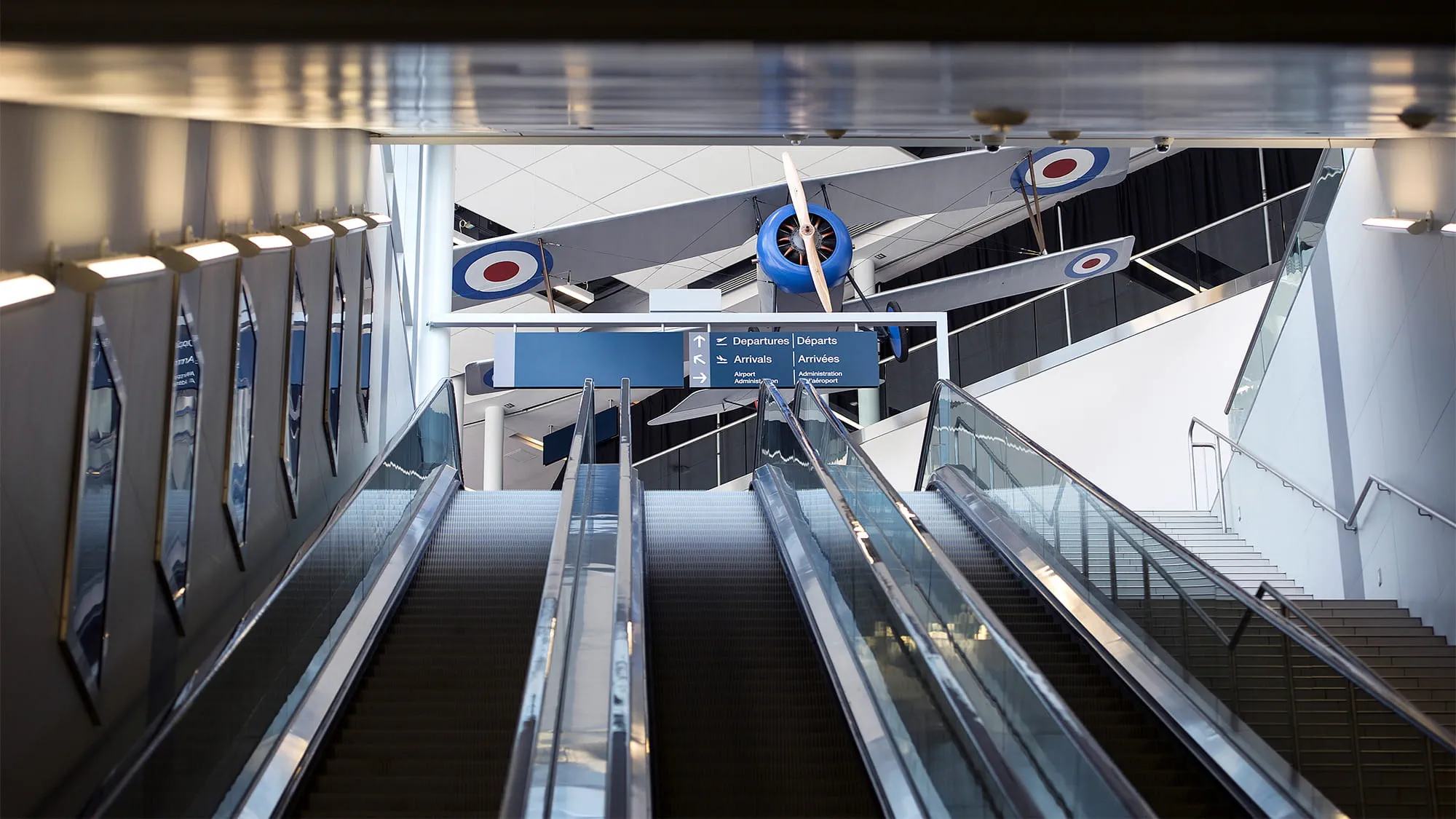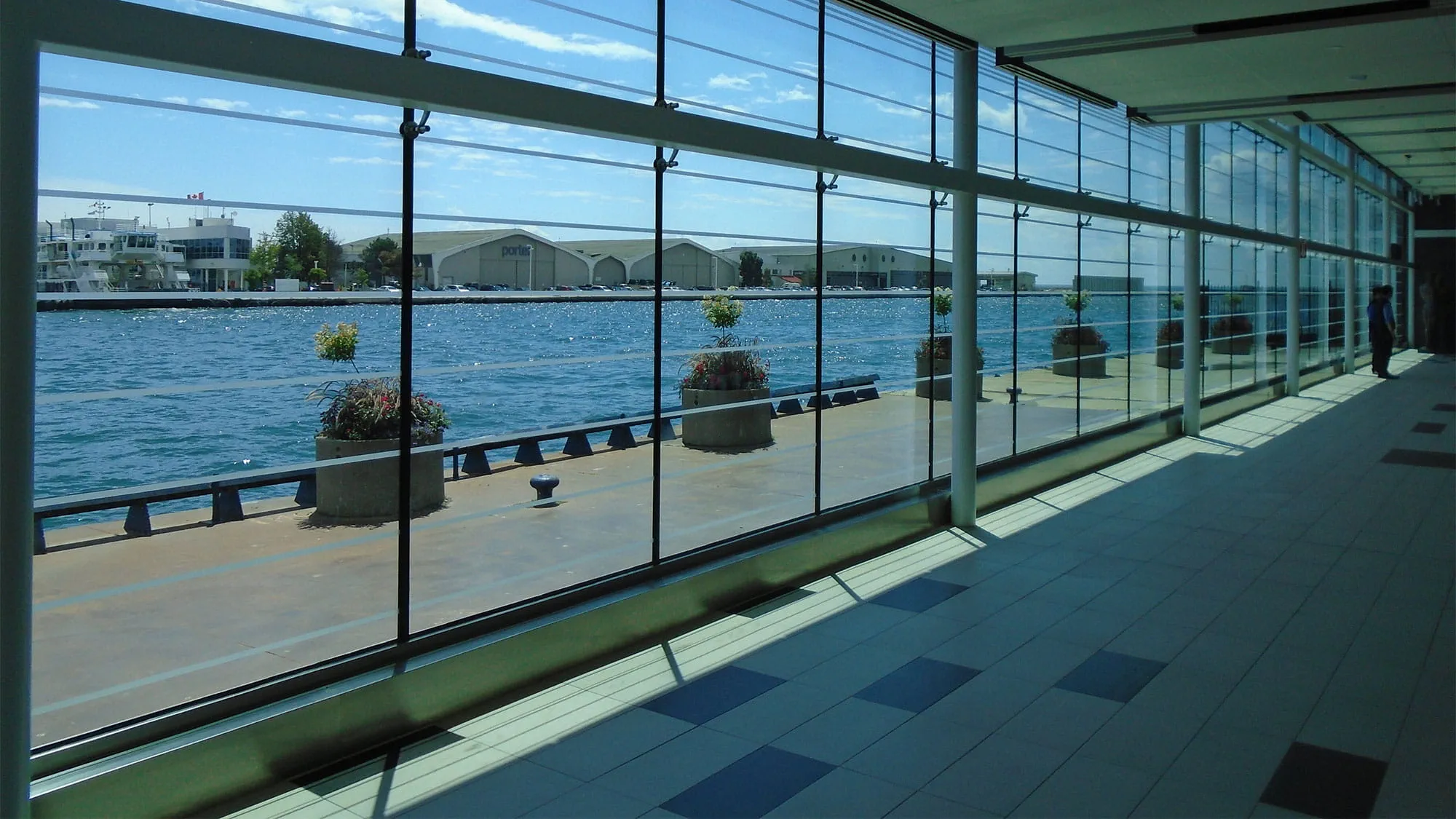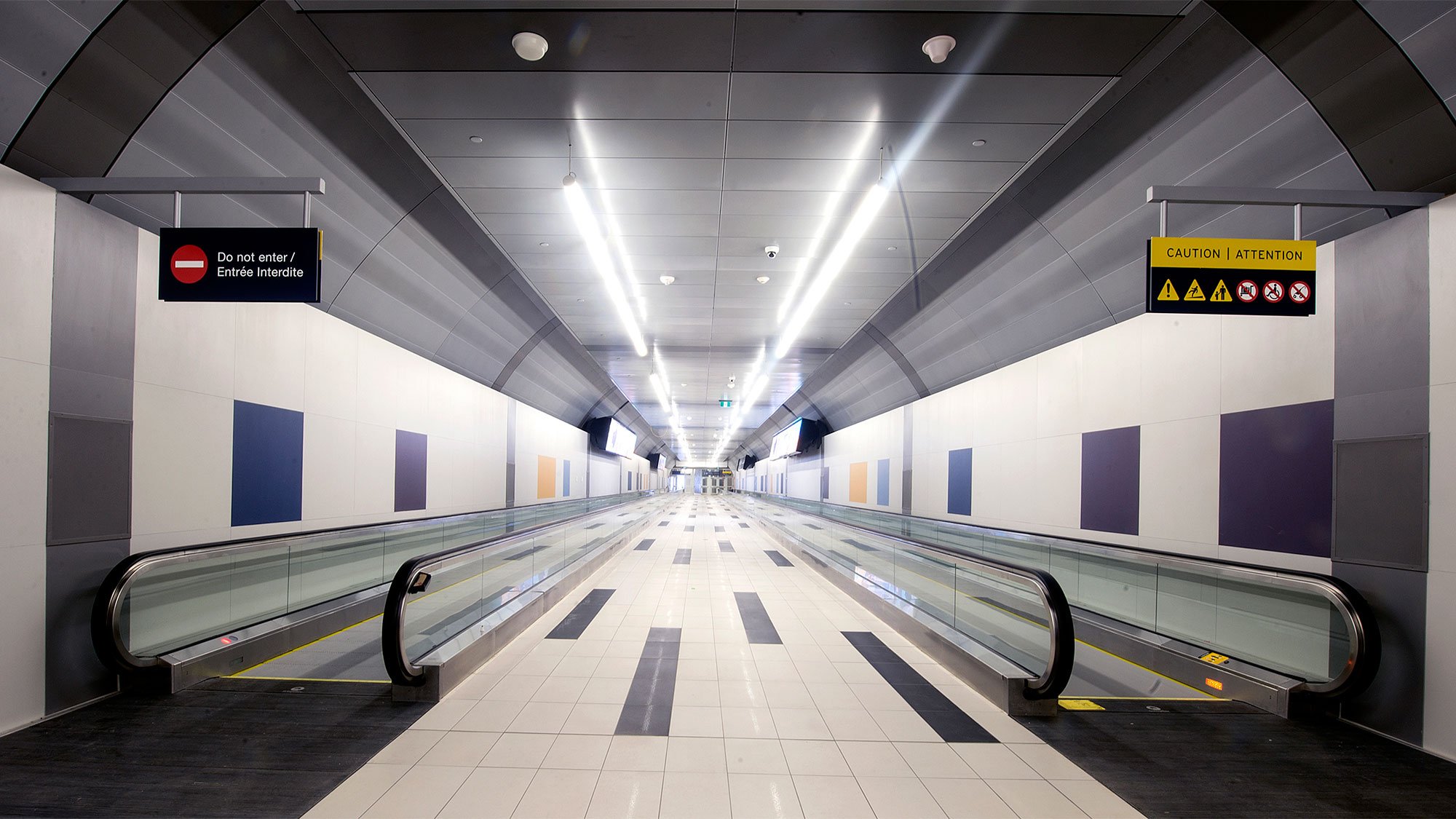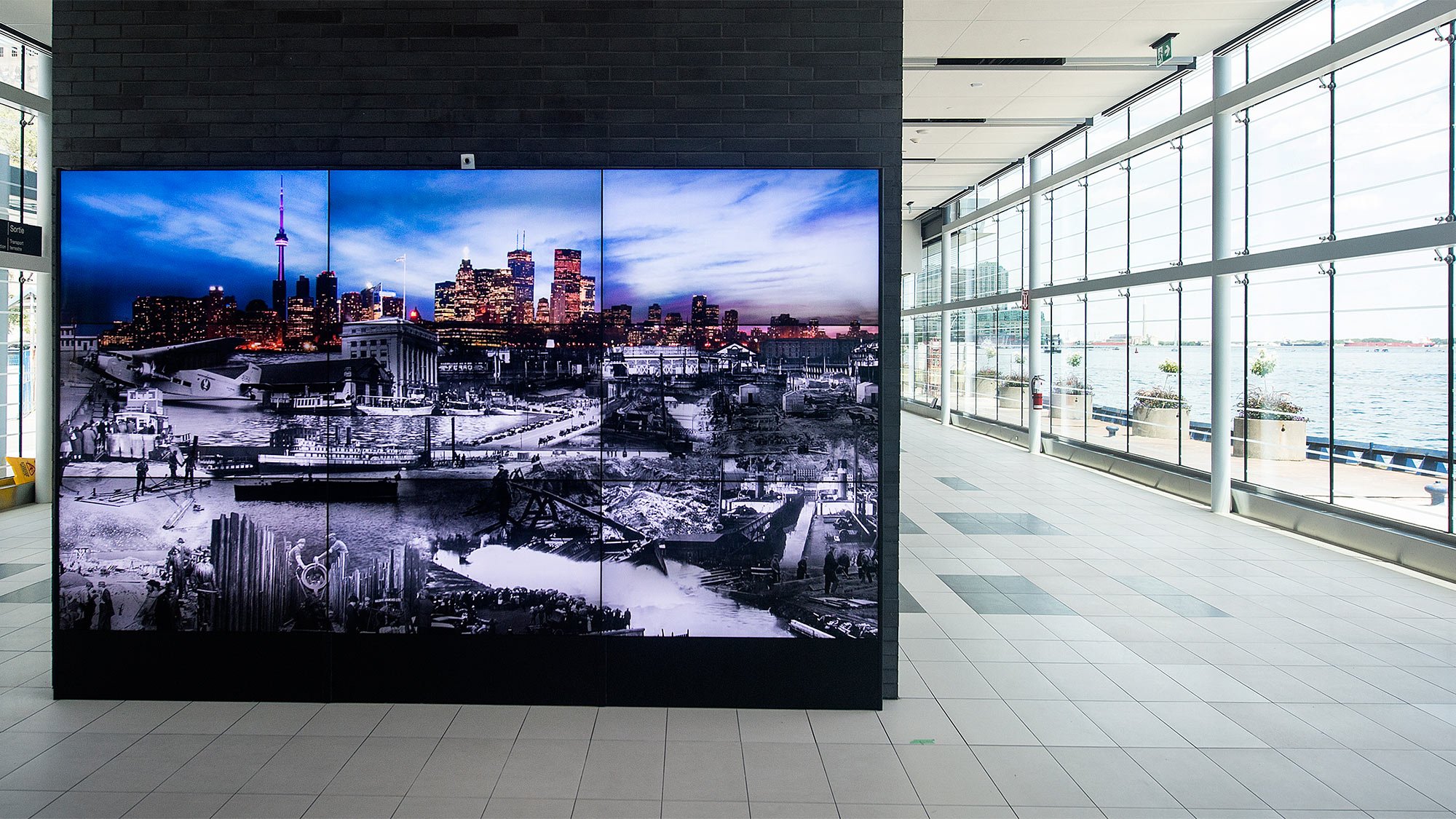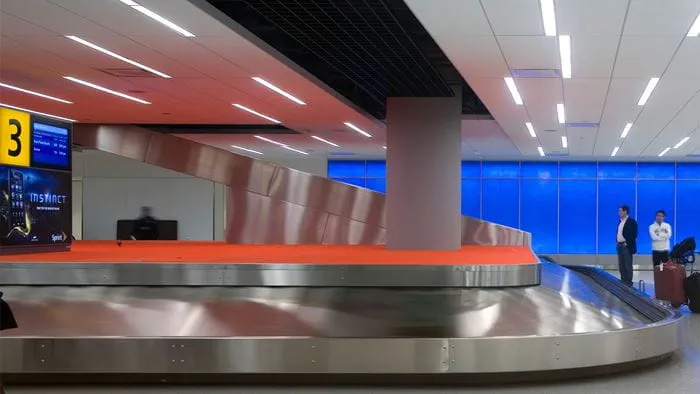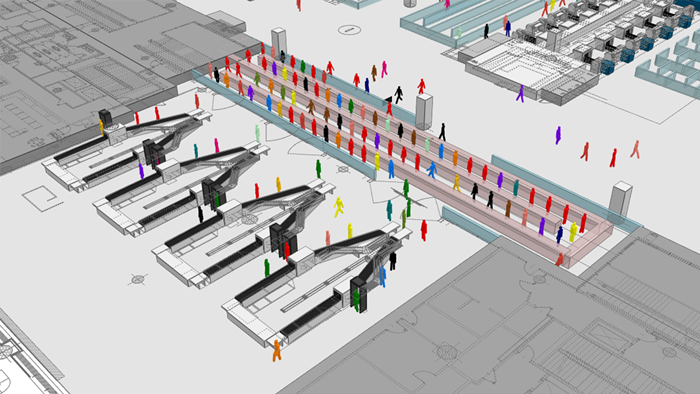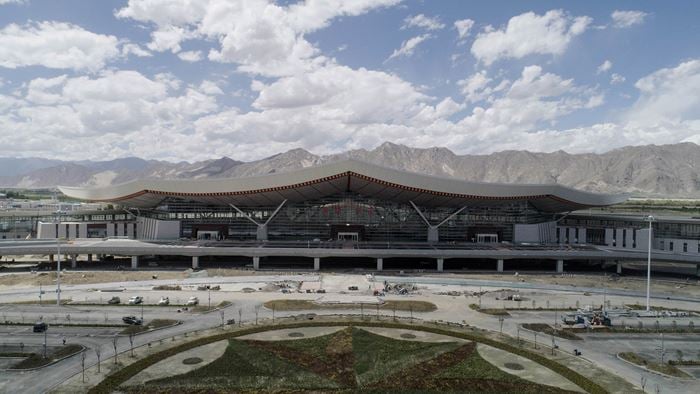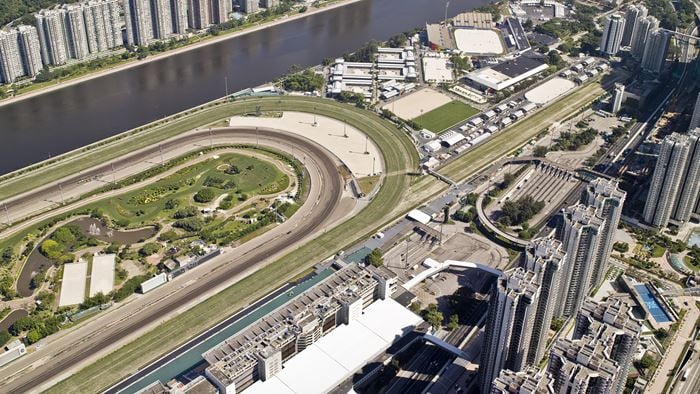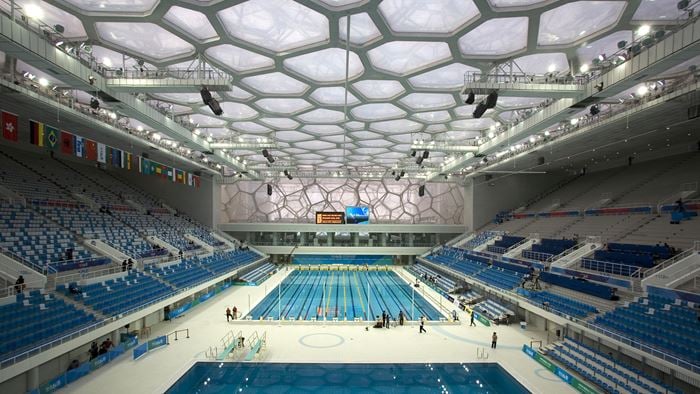As lead engineer for the Billy Bishop Toronto City Airport Pedestrian Tunnel, Arup was responsible for the highly challenging design of a 185m long tunnel through shale bedrock up to 35m below the surface of Lake Ontario. The estimated cost of the overall project, including shaft construction and at-grade connections to existing structures, is approximately $80m.
The tunnel allows passengers to travel between Billy Bishop Toronto City Airport and downtown Toronto on foot, replacing the previous ferry link. 1,000 passengers per hour now can travel the tunnel.
Our scope includes tunnel design, structural, geotechnical, electrical, and mechanical engineering; project management; and acoustic, IT, communications, and security consulting.
The Billy Bishop Toronto City Airport Pedestrian Tunnel was named the 2014 Canadian Project of the Year by the Tunnel Association of Canada, as well as the 2014 Specialist Tunnelling Project of the Year by the International Tunnelling and Underground Space Association.
Innovative tunnel crown pre-support construction concept
The 10m cut diameter of this tunnel makes it one of the largest size tunnels to be constructed in shale bedrock of the Greater Toronto Area. The intact strength of the shale is relatively low. In addition, the rock mass is very thinly bedded in the horizontal direction and is under a rather high in-situ horizontal stress. These geologic factors present the risk of slabs of rock falling from above during tunnel excavation, especially for large diameter openings. The tunnel contractor, Technicore Underground, proposed an innovative tunnel crown pre-support concept comprised of a series of seven 1.85m diameter interlocking drift bores, each drilled by a small diameter tunnel boring machine and backfilled with mass concrete, resulting in an integral arch below which rock excavation was undertaken for the main tunnel.
Additional temporary support was comprised of a series of seven rows of rock bolts drilled into the sidewalls of the final excavated tunnel profile. Arup performed all numerical analyses for temporary support of the drift bores (prior to backfilling) and main tunnel excavation, as well as the final lining of the main tunnel.
Arup, in association with ITASCA, developed a numerical module to account for the time dependent swelling phenomenon in the shale rock of the region — based on the research of Professor K.Y. Lo and his co-workers at the University of Western Ontario.
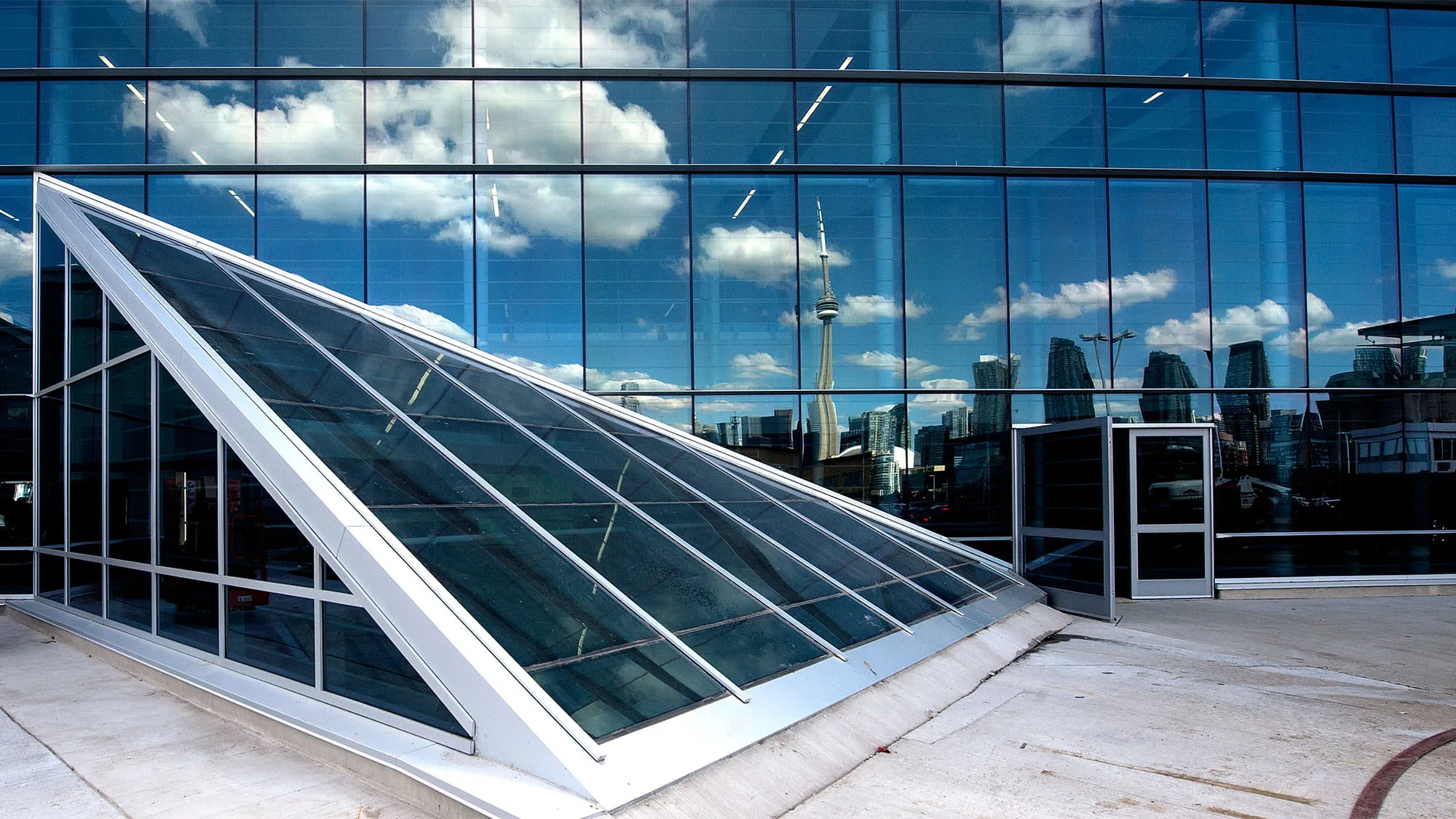 ;
;

